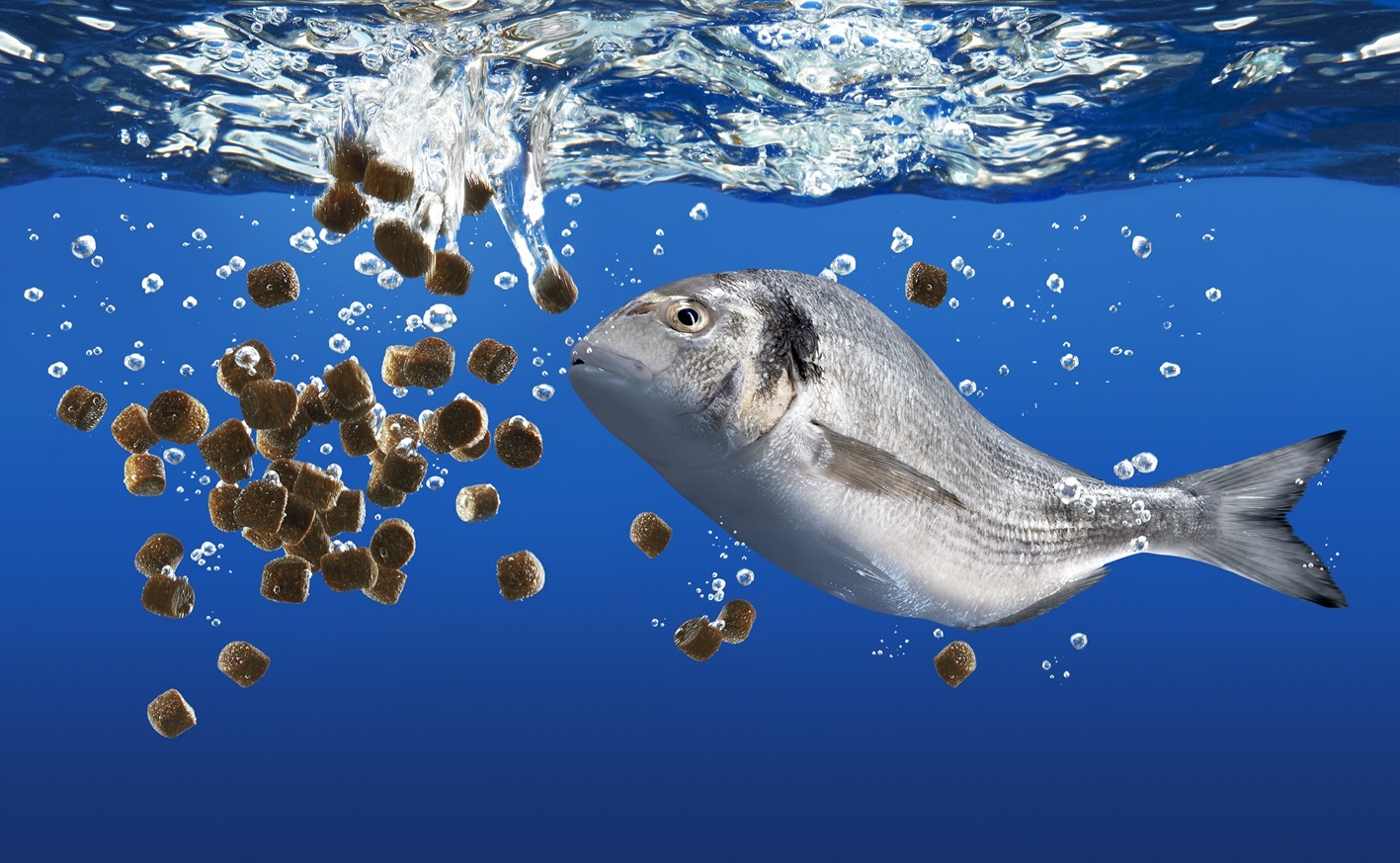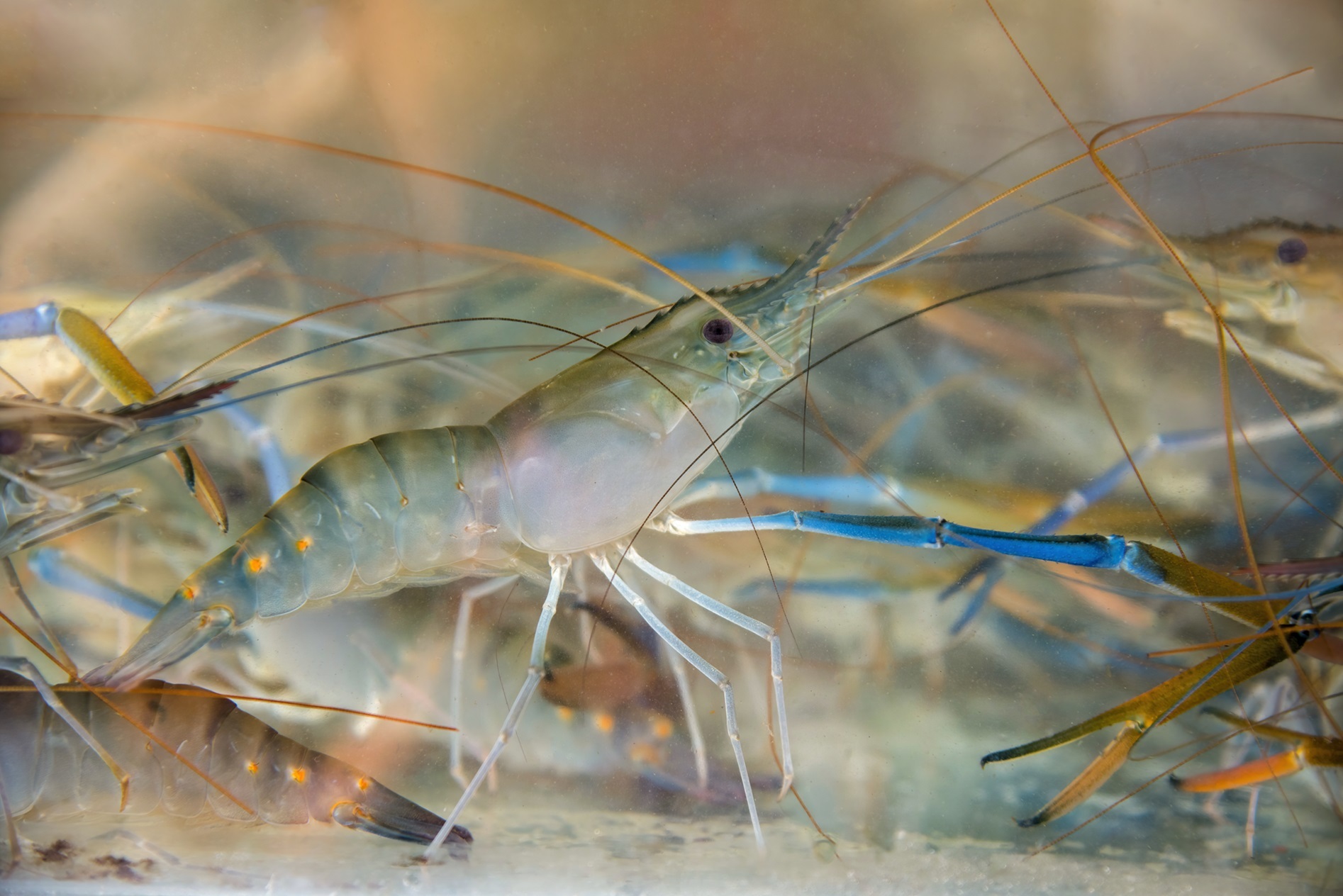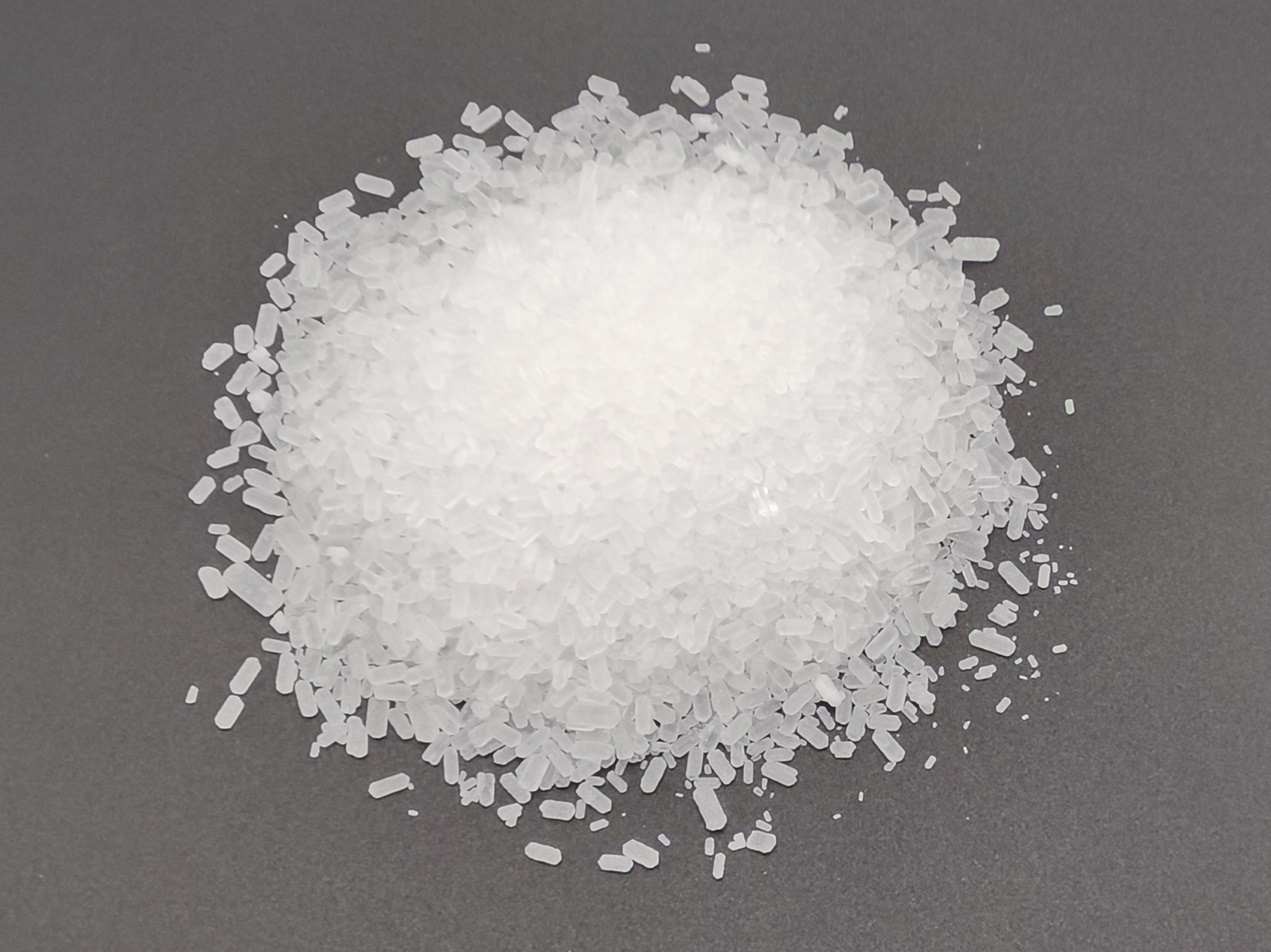Aquaculture
Aquaculture
Magnesium is one of the most important minerals in cells; magnesium and its mixture are mainly involved in different roles like metabolic pathways of protein, enzymatic reaction, carbohydrate, and lipid. Magnesium is the one of the most efficient minerals in aquatic animals, this mineral quantity level is low in freshwater compared to marine water (1–4 mg/L), and intake of low quantity waterborne magnesium in freshwater fishes, this mineral deficiency mainly affected total metabolic pathways. Therefore, signs of magnesium deficiency have been reported in some fish species which include poor growth, anorexia, high mortality, sluggishness, and reduced bone and body magnesium concentration. The scientists revealed that dietary additives of Mg (3 g/L) reduced oxidative stress and free radical generation, and improved meat quality, growth, survival, hemolymph osmolality of Pacific white shrimp (Litopenaeus vannamei) and grass carp. The scientists demonstrated that dietary additives of magnesium (0.4–0.6 g/kg) enhanced the immune system, growth, bone mineralization, and antioxidant response in juvenile grass carp.
Ca is important for tissue development, nerve transmission, muscle contraction, blood clotting, and osmoregulation, and as a cofactor for the enzymatic procession. The scientists revealed that nutrient Ca (0.34% or less) condition is improved by the water chemistry, species variation such as giant croaker (Larimichthys crocea), red lip mullet (Liza haematocheilus), scorpionfish (Scorpaenidae), marine fish tiger puffer (Takifugu rubripes), blue tilapia (Oreochromis aureus), channel catfish and the freshwater fish American cichlid (Cichlasoma Notophthalmus). Dietary Ca supplement has important physiological functions for aquatic animals. Fish gut absorption of Ca is a significant role and essential needs like gonadal maturation and growth spurts, especially in Ca-free water observed that Ca uptake from seawater is not sufficient for appropriate growth and feed utilization of scorpionfish (Scorpaenidae) fingerlings. Even though this fish may develop tricalcium phosphate (TCP) as a nutrient Ca source, a high TCP additive to the diet reduced weight gain, and feed competence, and decreases trace mineral substances in tissues. Accordingly, an eagerly accessible Ca (mono or dibasic) additive to the nutrient is essential for scorpion fish fingerlings. The scientist pointed out that matter with enough level of calcium in dietary for optimizing growth probable and boost minerals in the whole body in rohu fingerling.
Embryonic development is deemed to be the most sensitive stage in the life cycle of a teleost. As egg development takes outside the fish’s body, water hardness is one abiotic parameter, suggested to have a major effect on egg development and embryo survival. Ca2+ and Mg2+ contribute to water hardness, and are important for ionic regulation of freshwater fish. These ions influence the permeability of egg membranes, preventing diffusive flow and high ionic loss to surrounding water. Ca2+ ions play an important role in the chain reaction of fertilization in fish eggs in terms of stimulation, reception of stimulation, fertilization and activation of enzymes. Calcium alone or in combination with Magnesium in hatching waters facilitates egg development. Desired hardness levels of calcium and magnesium hardness was obtained by adding stock calcium chloride (CaCl2) and magnesium sulphate (MgSO4) solutions.
Recommended Products
Magnesium Sulphate Heptahydrate
Magnesium Sulfate Heptahydrate is a white, crystalline powder, or brilliant colorless crystals, usually needle-like. It is freely soluble in water, more rapidly soluble in boiling water, and practically insoluble in alcohol. Magnesium Sulphate Heptahydrate has a bitter, saline, cooling taste.
Calcium chloride can be extracted from brine or by reacting calcium carbonate and hydrochloric acid or by reacting limestone and hydrochloric acid or produced as a by-product of the Solvay process.







